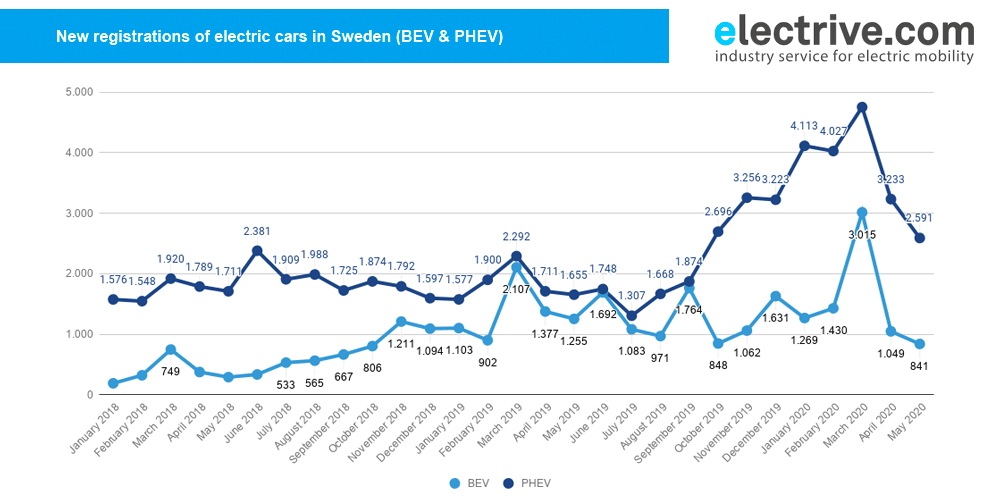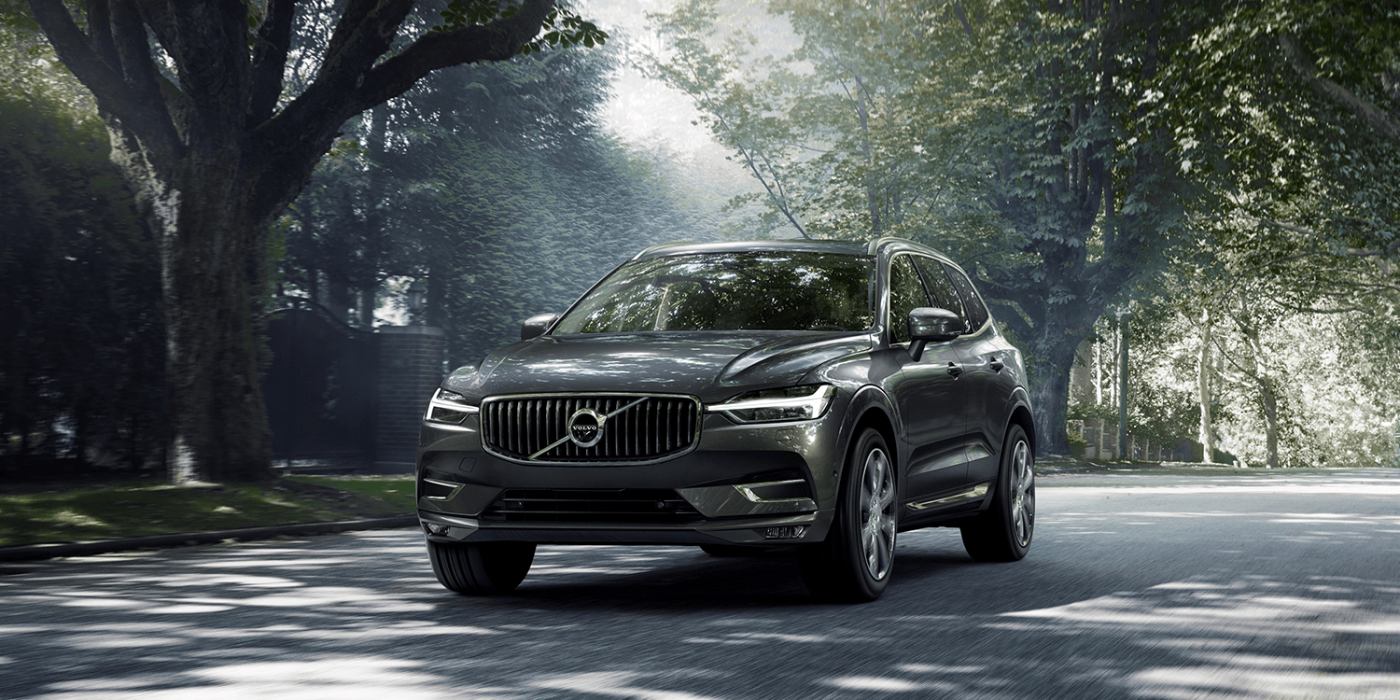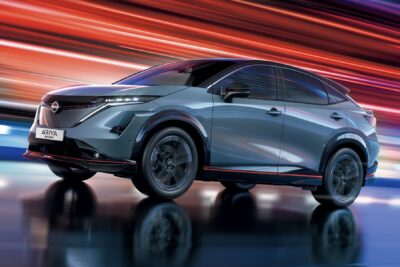Sweden’s EV market share remains at 20%
Despite the corona crisis and the resulting drop in car sales, the market share of BEV and PHEV in Sweden was again just over 20 per cent in May. The positive trend in electric sales is therefore continuing.
The background to the new car registration boom is primarily a change in the Swedish bonus-malus system, which came into force at the turn of the year. According to Statistics Sweden, this system will have an effect on new registrations throughout the year. Even if the absolute figures, for example in comparison with the previous year, naturally present a distorted picture at present. For example, total sales of all cars fell by as much as 49.2 per cent in May, while in April it was still down by almost 37 per cent.
Overall, Sweden had 16,899 new registrations in May. Of these, 841 were BEVs and 2,591 were PHEVs, corresponding to a market share of 5 and 15.3 per cent respectively. Together, the (semi-) electric cars thus account for a market share of 20.3 per cent. The trend of registering around three times as many PHEVs as BEVs in Sweden continues.

But another trend is also continuing: Since the market shares of BEV and PHEV remain almost constant in a declining overall market, this also means that new registrations are also declining here. In April, already affected by the crisis, the figures were 1,049 BEVs and 3,233 PHEVs.
In the first five months of the year, electric vehicle registrations totalled 7,604 new BEVs and 18,717 plug-in hybrids. Compared to the same period in 2019, these are increases of 13 and 105 per cent respectively.
The Swedish industry association BIL expects that an e-market share of 30 per cent is even possible for the year as a whole – but the association is calling for further promotion, BIL is saying that when buying a plug-in vehicle, there should be up to 25,000 crowns (around 2,400 euros) for the end-of-life vehicle. This should “be scaled in accordance with the existing bonus-malus system in order to increase the benefit for the cleanest vehicles”.
The electrification boom (especially for PHEVs) can be traced back to the bonus-malus system. Although this system has basically been in force since 2018, an amendment effective from 1 January 2020 will measure CO2 emissions according to the WLTP cycle. Here, fuel consumption and CO2 values are on average 20 per cent higher than in the NEDC previously used. In concrete terms, new cars with CO2 emissions of less than 70 g/km will receive a bonus of up to €5,700 (graduated in various stages between 0 and 70 grams), while vehicles with CO2 emissions of more than 95 g/km will be subject to higher taxes as a malus.





0 Comments